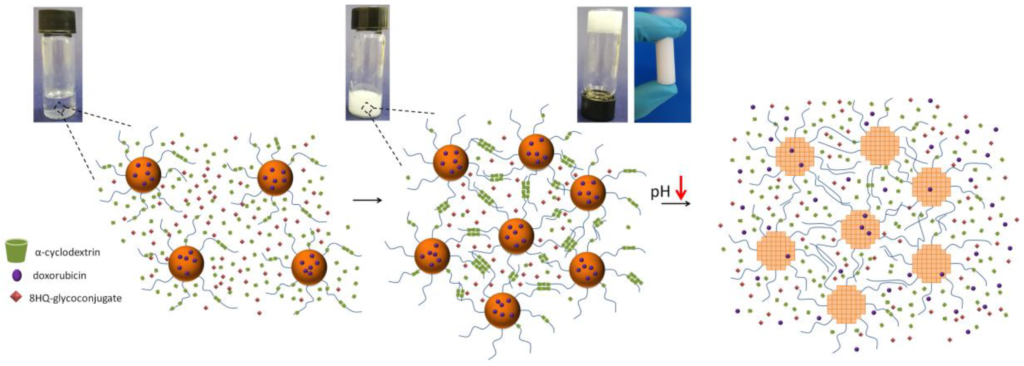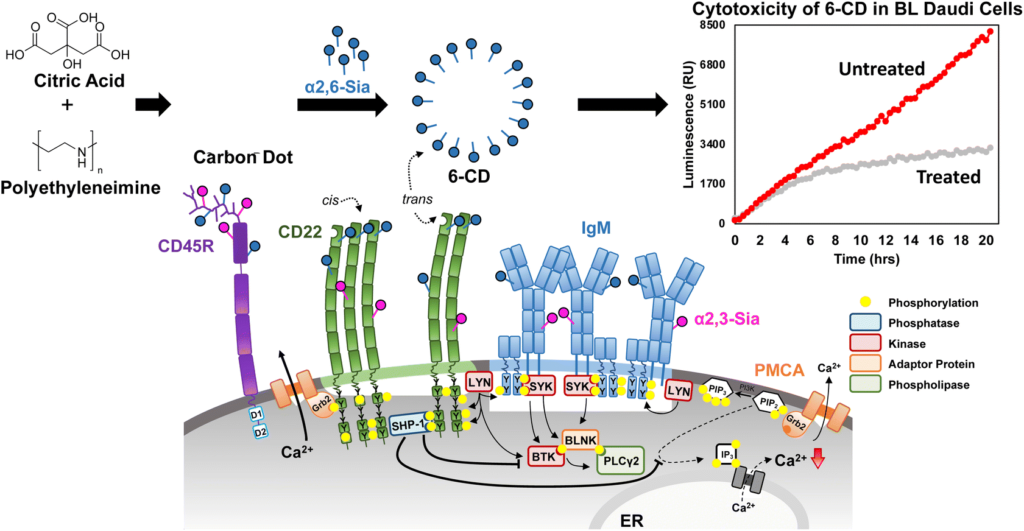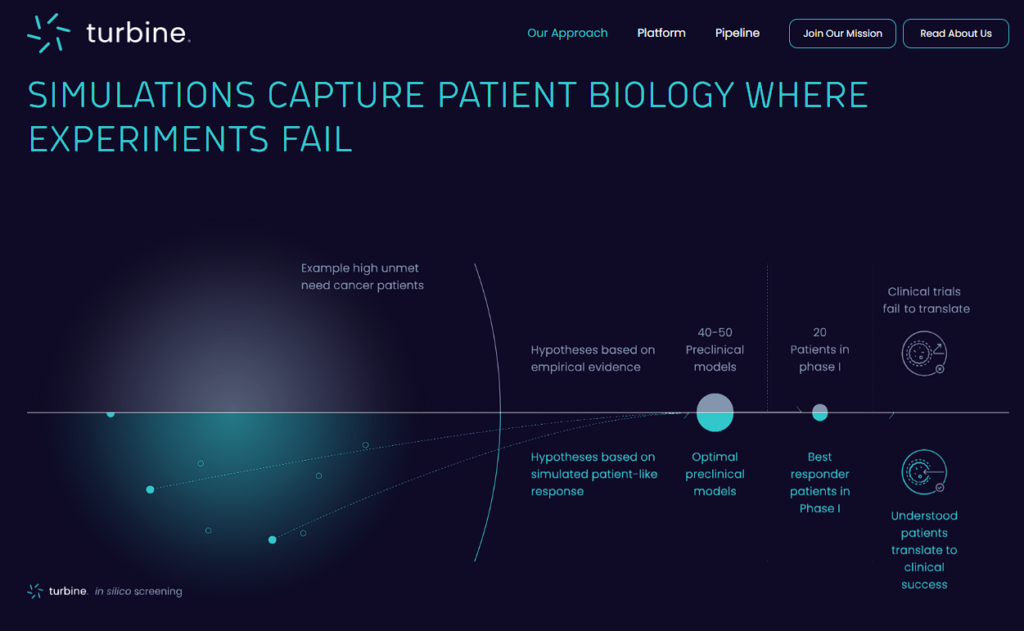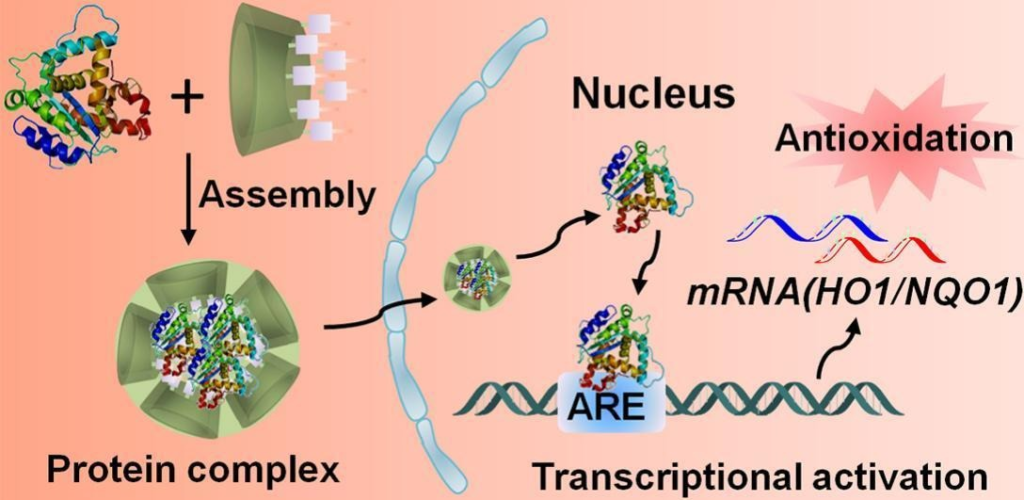I.
Great review from Universidade de Coimbra (Ana Cláudia Paiva-Santos, Laura Ferreira, Filipa Mascarenhas Melo, Sofia Rabaça, Francisco Veiga), Mewar University (Dr. Ankita Mathur), Sharda University, University at Buffalo (Dr. Prabhanjan Giram), Shivaji University, University of Zabol (Abbas Rahdar), Shanghai Jiao Tong University (Faisal Raza 费赛), Faculdade de Ciências Farmacêuticas – Unicamp (ENG: Pharmacy School – University of Campinas) (Priscila Mazzola) on dermatology and cosmetic applications
Read the full article here
II.
Beta-Cyclodextrins as affordable antivirals to treat coronavirus infection
Read the full article here
III.
Honestly, I am not sure how mankind will handle medication related to space travel. That will be a huge challenge that needs to be studied asap. Recently, the interaction behavior of remdesivir with CDs was studied at ISS (pp 53)
See the NASA e-book here
IV.
How cool is it that you can use CDs to stabilize antigens? Super cool 🙂
Polypseudorotaxane hydrogels based on cyclodextrin and polyethylene glycol significantly improved the stability of antibody preparations and showed no serious adverse effects after subcutaneous injection, suggesting the possibility as safe vaccine formulations to stabilize an antigen protein.
Daiichi University of Pharmacy
Kumamoto University, JAPAN
Hiroshi Itou Hidetoshi Arima Keiichi Motoyama
Read the full article here
V.
Enrichment of bread with α-CD resulted in positive effects on postprandial glycaemia and induced satiety. The incorporation of encapsulated hydroxytyrosol offered similar overall acceptability due to the bitter taste-masking effect provided by α-CD and a slightly additional positive effect in postprandial glycaemia and satiety. The development of foods with favorable metabolic effects is of great importance for the prevention of chronic diseases. The study was prospectively registered in clinicaltrials.gov (NCT04725955, date: 27th January 2021).
Harokopio University of Athens – Panagiota Binou, Athena Stergiou, Nikolaos Tentolouris, Vaios K.
See the full article here
VI.
Is the humid autumn whether messing up your hair? Keep calm and use CD-formulations (L’Oréal invention – Cho-Cho Khine and Ronak Rughani) for providing lasting curl definition and/or frizz and/or volume control to hair, even in high humidity.
See the full patent here







